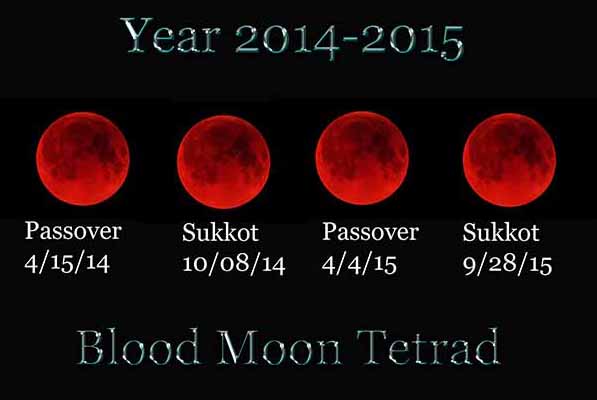

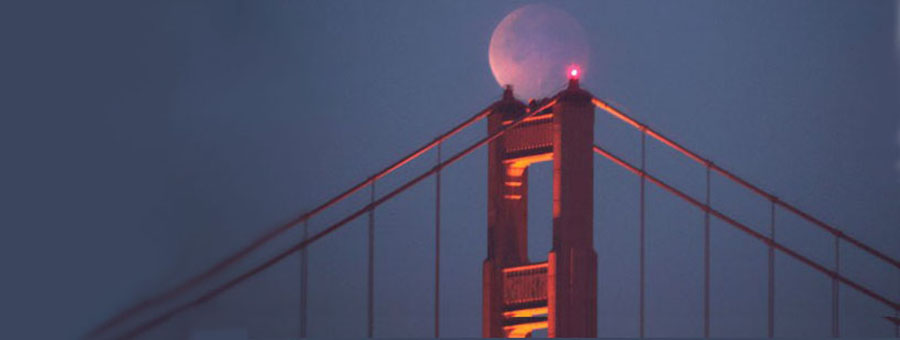
Red Moon, Green Beam NASA - April 18, 2014
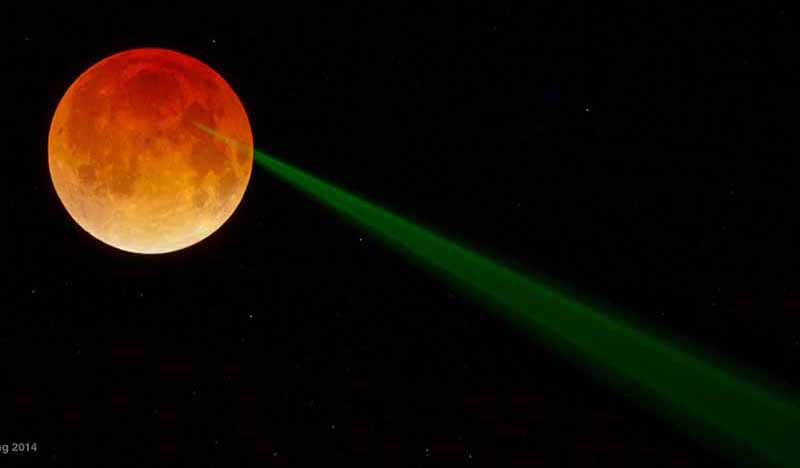
This is not a scene from a sci-fi special effects movie. The green beam of light and red lunar disk are real enough, captured in the early morning hours of April 15. Of course, the reddened lunar disk is easy to explain as the image was taken during this week's total lunar eclipse. Immersed in shadow, the eclipsed Moon reflects the dimmed reddened light of all the sunsets and sunrises filtering around the edges of planet Earth, seen in silhouette from a lunar perspective. But the green beam of light really is a laser. Shot from the 3.5-meter telescope at Apache Point Observatory in southern New Mexico, the beam's path is revealed as Earth's atmosphere scatters some of the intense laser light. The laser's target is the Apollo 15 retroreflector, left on the Moon by the astronauts in 1971. By determining the light travel time delay of the returning laser pulse, the experimental team from UC San Diego is able to measure the Earth-Moon distance to millimeter precision and provide a test of General Relativity, Einstein's theory of gravity. Conducting the lunar laser ranging experiment during a total eclipse uses the Earth like a cosmic light switch. With direct sunlight blocked, the reflector's performance is improved over performance when illuminated by sunlight during a normal Full Moon, an effect fondly known as The Full Moon Curse.
Waterton Lake Eclispe NASA - April 17, 2014
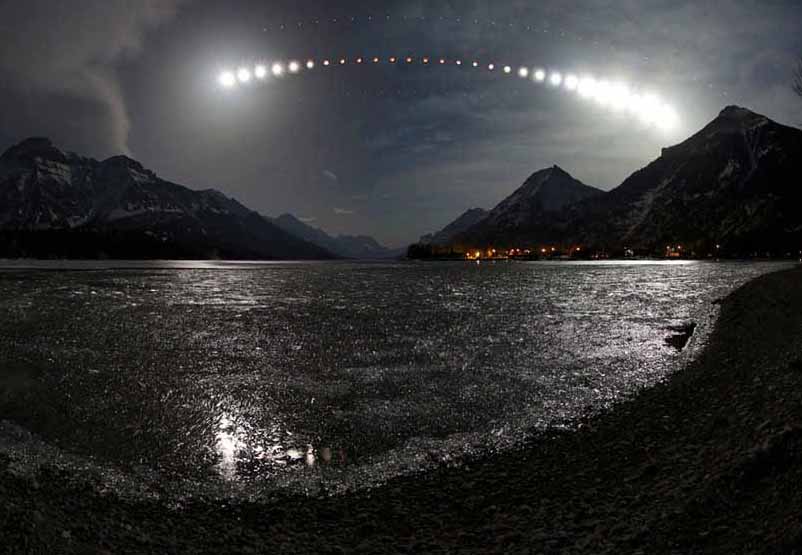
Recorded on April 15th, this total lunar eclipse sequence looks south down icy Waterton Lake from the Waterton Lakes National Park in Alberta, Canada, planet Earth. The most distant horizon includes peaks in Glacier National Park, USA. An exposure every 10 minutes captured the Moon's position and eclipse phase, as it arced, left to right, above the rugged skyline and Waterton town lights. In fact, the sequence effectively measures the roughly 80 minute duration of the total phase of the eclipse. Around 270 BC, the Greek astronomer Aristarchus also measured the duration of lunar eclipses - though probably without the benefit of digital clocks and cameras. Still, using geometry, he devised a simple and impressively accurate way to calculate the Moon's distance, in terms of the radius of planet Earth, from the eclipse duration. This modern eclipse sequence also tracks the successive positions of Mars, above and right of the Moon, bright star Spica next to the reddened lunar disk, and Saturn to the left and below.
Under a Blood Moon: 1st Total Lunar Eclipse of 2014 Wows Stargazers (Photos) Space.com - April 15, 2014
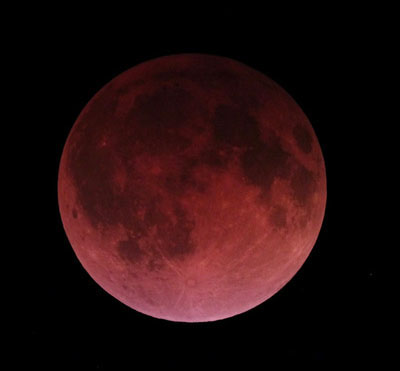
The moon took on an eerie blood-red hue early Tuesday during the first total lunar eclipse of 2014, a celestial sight that wowed potentially millions of stargazers across North and South America. The total lunar eclipse of April 15 lasted about 3.5 hours between late Monday and early Tuesday, with the Earth's shadow slowing darkening the face of the so-called "Blood Moon" in a jaw-dropping sight for stargazers willing to stay up extra late or rise super-early for the event.
 'Blood moon' eclipse seen over Americas BBC - April 15, 2014
'Blood moon' eclipse seen over Americas BBC - April 15, 2014
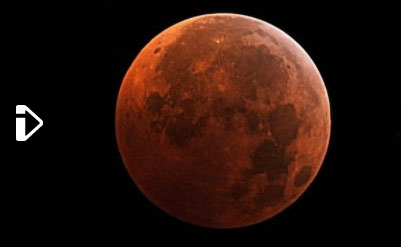
Skywatchers in the Americas have caught a rare celestial show caused by the Earth's shadow falling across the Moon. The Moon changed color from orange to blood red or brown in a total lunar eclipse. The total lunar eclipse unfolded over three hours as the Moon moved into the Earth's shadow.
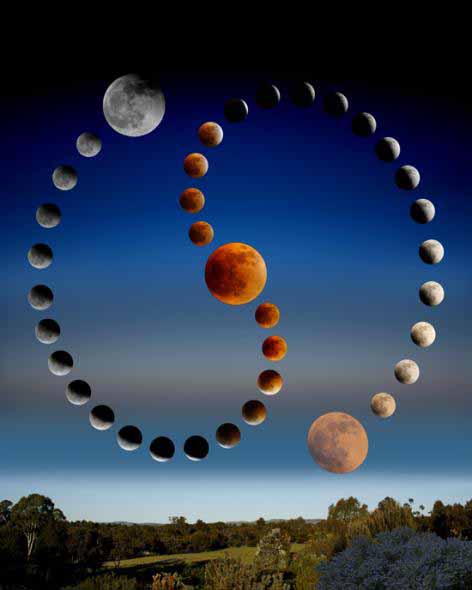
Eclipse